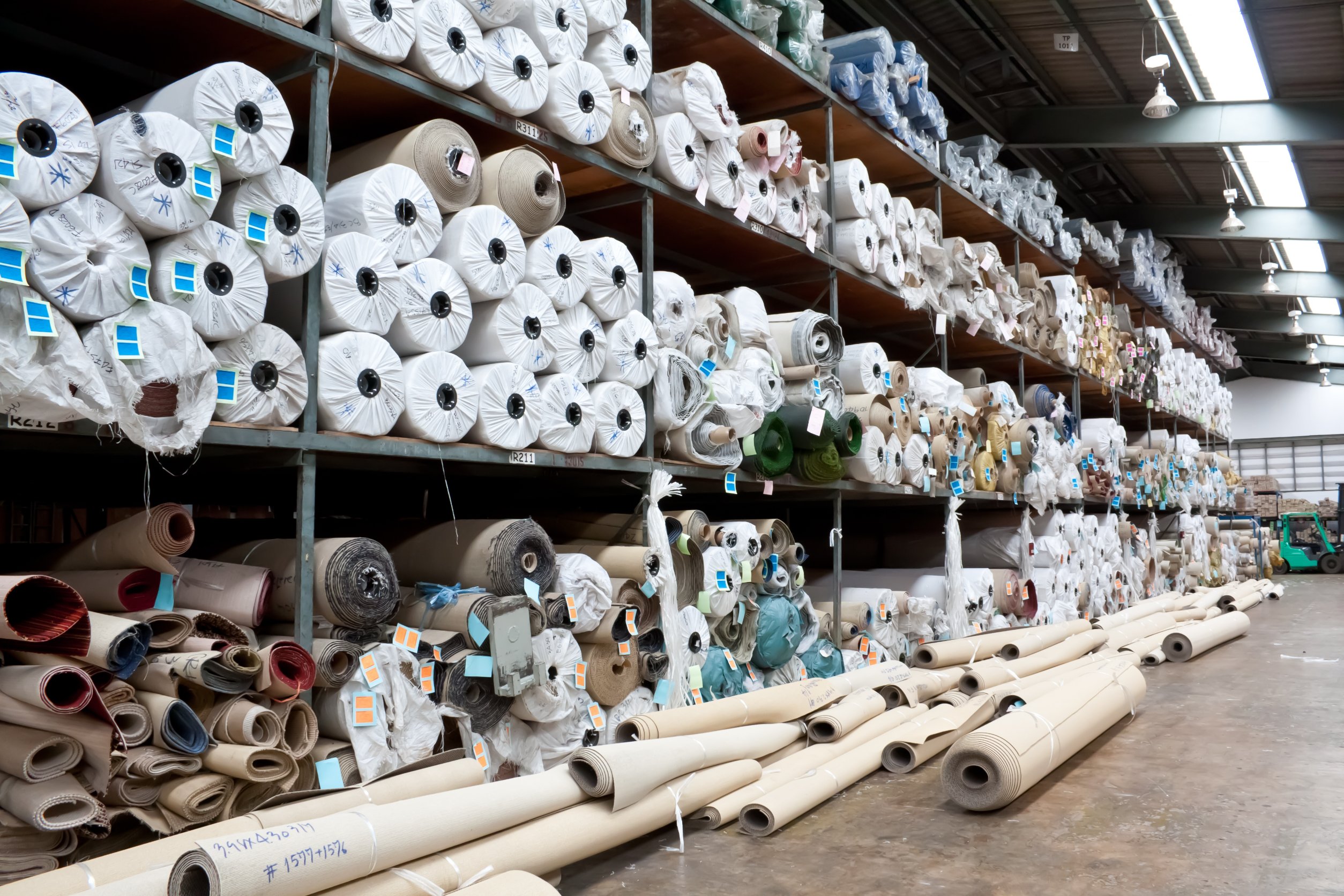Carpet manufacturing is not a topic that you may bring up at an evening party with your friends, but it’s quite an interesting one. We have been using carpets for several millenniums, and perhaps you are stepping on one right now. It is something we take for granted, and only a few are interested or have ever thought of how it is manufactured. One interesting fact about carpets is that there are more than 93 million square meters of carpets produced in the United States each year. And it gets even more intriguing. Most of these, at least three-quarters of them, come from one town, Dalton, Ga. Let us look at how carpet is manufactured and the process of creating this important item in our offices or houses.
The carpet is not just a roll. It contains several components. Talk of backing, fibers, and padding; all these parts have different substances. The carpet fibers are mostly synthetic, made from components such as polyester and polypropylene. Sometimes natural fibers such as cotton and wool are used. For the backing of fibers, most carpet manufacturers use latex or woven PVC, and padding is normally made of foam or/and rubber.
Carpet Manufacturing Process Involves the following Stages
Preparation of the yarn materials in staple form or in bulk. The bales are blended together into a single batch. This is followed by lubrication, spun into slivers, straightening, and spun into a single yarn. The single spun yarn and continuous bulk are twisted to form two-ply yarn. The two-ply yarn is heated and cooled to give it shape.
The second step involves dyeing, followed by steaming, washing, and drying of the yarn. The dyed yarn is placed on a creel and then fed into a tube that connects to the tufting needle. A single tufting machine has the capacity to produce hundred square meters of carpet daily.
To get solid-colored carpets, the carpet manufacturer feds the continuous rolls into a vat which is filled with water, dyes, and other chemicals. Once the tufted carpet is dyed, it is steamed to fix the color before washing the excess dye.
The finishing involves sewing together the dyed carpet, then rolling it under a dispenser. A strong backing is coated with latex and then rolled into a marriage roller before curing the latex.
The completed piece is steamed, brushed, and vacuumed before the machine cuts them into standard carpet sizes.
Carpet manufacturing might not be an ideal topic for the dinner table discussion, but it is important for those who are intrigued by the process of creating beautiful materials that make our floors attractive and warm.


